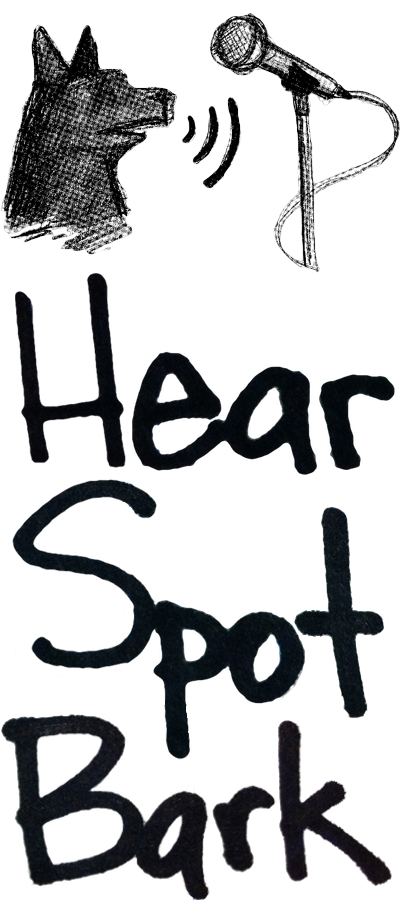I've been dealing a lot with this topic lately, as I'm working on my second feature-length film mix in as many months. When you're working on mixing levels for a project that's 90 to 100 minutes long, over the course of several days or even weeks, it's easy to lose track of the loudness of the mix over time. Having a properly calibrated listening environment is key, but having tools to help you keep track of your overall loudness levels over time can be a great tool.
“Today as you mix audio productions you most likely monitor levels with a peak meter — those two little bars that jump up and down in tandem with the waveform — and you know those meters don’t always line up with what you hear! You look at two very different pieces of tape on the meter (say, your studio-recorded voice against an interviewee on the phone), tweak those two voices until they appear the same on the meter, and your ears tell you they play back at quite different volumes. You might decide to forego the peak meter for the RMS meter, which can provide a small advantage over a peak meter, but they too do not take perception into account. This is a problem that a new audio measurement method, loudness, can help you solve. Finally there’s a way to simplify levels.”
